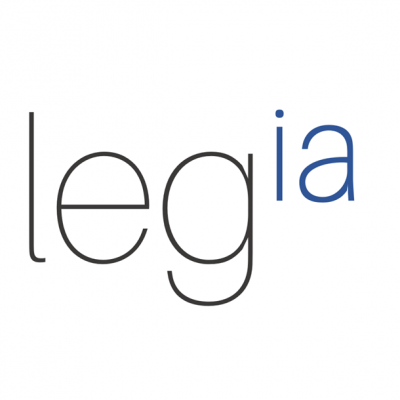On 6 February 2014, the Court of Justice of the EU issued a decision in the Blomqvist v Rolex SA Case (C-98/13) that has been welcomed by IP rights owners. It simplifies and clarifies the test that should be run to determine whether goods acquired on-line from a seller established in a non-member state are goods infringing intellectual property rights in the sense of Regulation 1383/2003 of 22 July 2003.
The regulation gives a specific definition to the “goods infringing an intellectual property right”, which is the category of goods that can be subject to the customs measures. This category includes:
– counterfeit goods, a sub-category that encompasses “goods, including packaging, bearing without authorisation a trademark identical to the trademark validly registered in respect of the same type of goods, or which cannot be distinguished in its essential aspects from such a trademark, and which thereby infringes the trademark-holder’s rights under Community law, as provided for by Council Regulation (EC) No 40/94 of 20 December 1993 on the Community trademark or the law of the Member State in which the application for action by the customs authorities is made”, and
– pirated goods, namely another sub-category which includes “goods which are or contain copies made without the consent of the holder of a copyright or related right or design right, regardless of whether it is registered in national law, or of a person authorized by the right-holder in the country of production in cases where the making of those copies would constitute an infringement of that right under Council Regulation (EC) No 6/2002 of 12 December 2001 on Community designs (5) or the law of the Member State in which the application for customs action is made.”
These definitions are complex and subject to interpretation. One understands however that they are drafted differently because the IP rights involved are different and so are the exclusive rights conferred to their owners (whereas forbidding imports or exports of goods under a trade mark in the course of trade is a right conferred to the TM right user, the copyright owner must rely on its reproduction, distribution and communications rights or his moral rights).
The facts of the case can be summarised as follows: Mr Blomqvist, a Danish citizen, ordered from a Chinese web-shop a Rolex counterfeit. The watch was sent to the buyer by post, but was seized by the Danish customs, which informed the Rolex Company. In application of Regulation No 1383/2003 and on the basis of its copyrights and trademark rights, the Rolex Company requested the destruction of the unauthorised copy. Mr Blomqvist opposed such request contending that he did not personally breach the Danish copyright and trademark laws and that his purchase was therefore legal. It was not contested that Mr Blomqvist bought the watch for personal use.
His defense consisted therefore, on the one hand, in sheltering behind a strict application of copyright and trademark laws:
– as regards copyrights, he has not distributed the counterfeit copy to the public (and we can add to this that he did not make any reproduction or any communication either…), and
– as regards trademark rights, he has not used the “Rolex” trade mark in the course of trade.
His argument consisted also, on the other hand, in contending that the Chinese seller did not violate any Danish IP law either, given that the latter did not target the Danish market with his web-shop (reference is made to the L’Oreal (C 324/09), Philips (C 446/09 and C 495/09) and Donner (C 5/11) cases).
A first question referred by the Danish Supreme Court to the ECJ is whether, in the above mentioned circumstances, in order to enjoy the protection afforded by the regulation, the sale must be considered, in the destination state, as a form of distribution to the public or as constituting use in the course of trade. A second question is whether, as an additional condition, the goods must have been the subject of an offer for sale or advertising targeting consumers in the same state prior to the sale.
The ECJ answered that the mere acquisition of the goods is enough to trigger the mechanisms provided in the Regulation. However, as the Court of Justice explains in §33 of its decision, this acquisition serves actually as a proof that the goods were intended to be put on sale in the European Union, which remains the real criterion to be applied (see the above mentioned Philips case). The Court indeed clearly establishes in §29 of the decision that “European Union law requires that the sale be considered, in the territory of a Member State, to be a form of distribution to the public within the meaning of the copyright directive, or use in the course of trade within the meaning of the trade mark directive and the Community trade mark regulation. Such distribution to the public must be considered proven where a contract of sale and dispatch has been concluded”.
The test in case of sale could therefore be reduced to the following simple question: would there have been an infringement if the seller had been established in the Member State where the buyer resides? In the present case, the Court answers positively and without doubts in §30.








